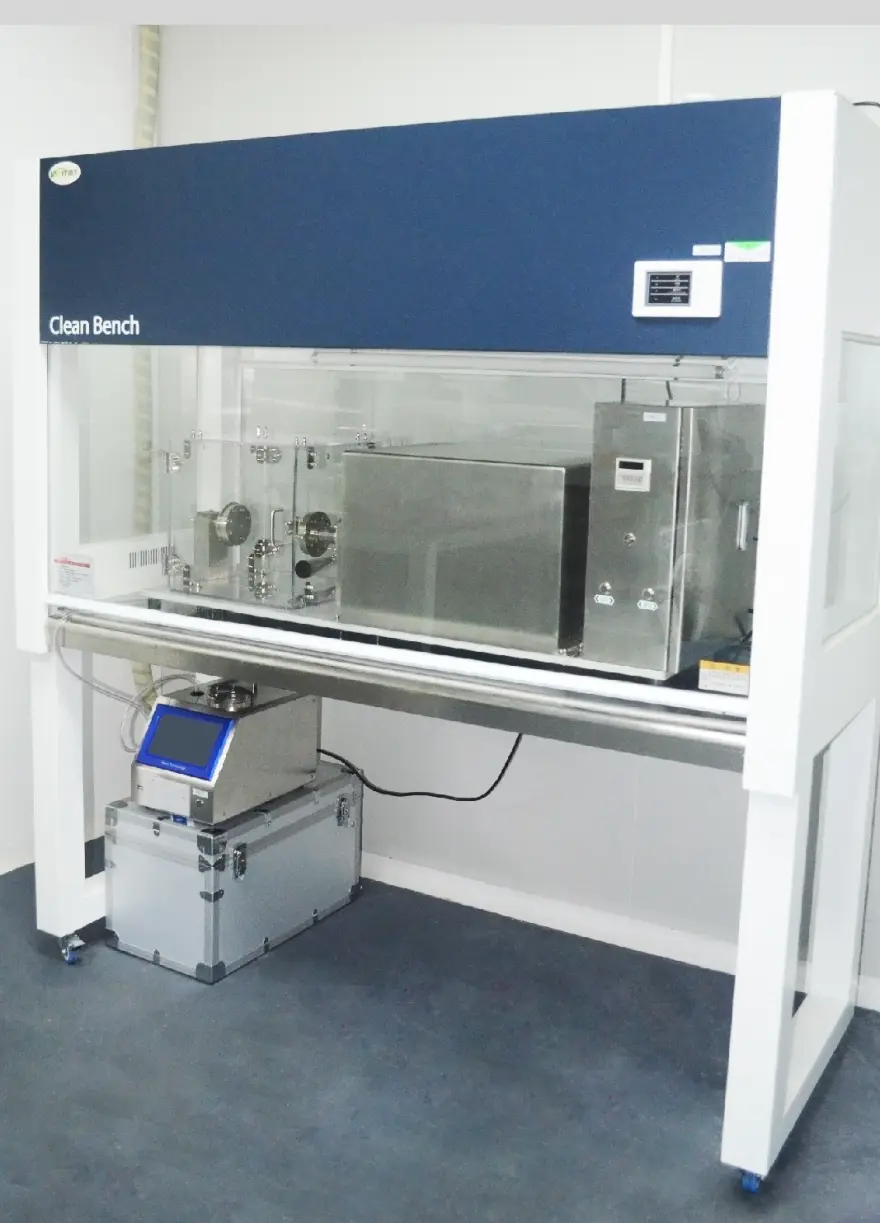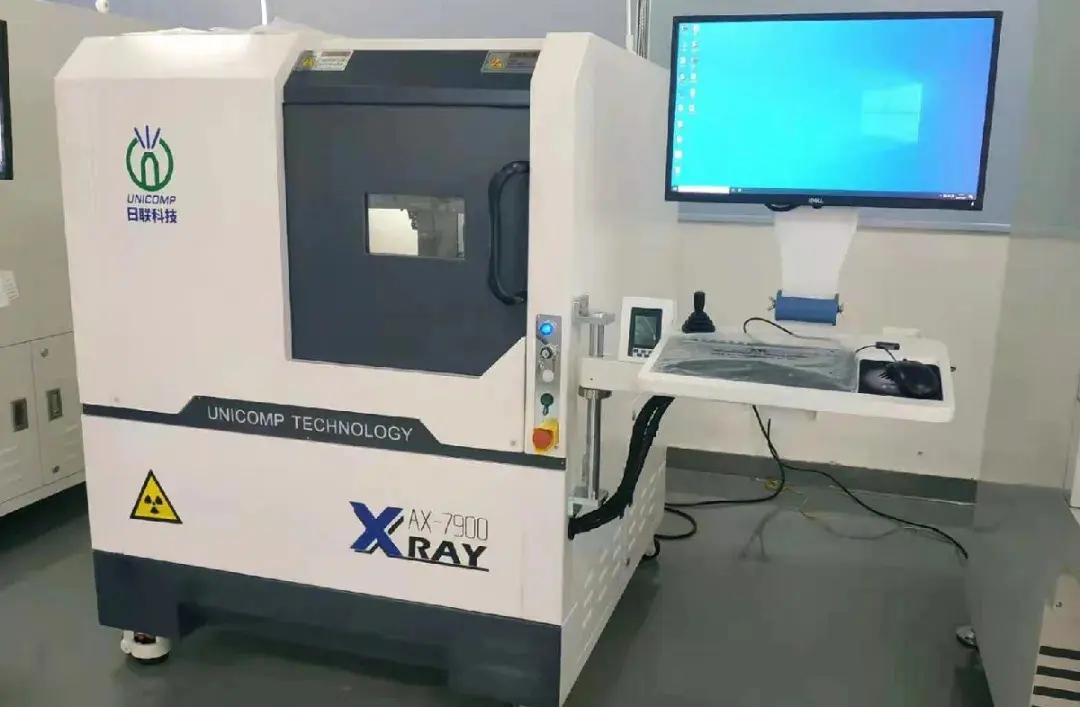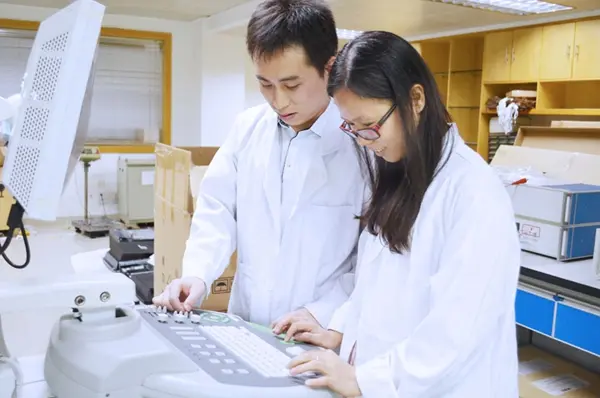
What is International CB Certification?
What is cb certification?
The CB Scheme is an international certification system established by the International Electrotechnical Commission (IEC) under the IEC System for Conformity Testing and Certification of Electrotechnical Equipment and Components (IECEE). It aims to help participating countries and certification bodies form multilateral agreements to mutually recognize test reports. Currently, the CB Scheme includes 54 member countries. Under this scheme, National Certification Bodies (NCBs) test products in IEC-audited laboratories, and if they meet standards, issue a CB certificate and report. These documents can be submitted to any NCB within the member countries for national certification.

Scope of the CB Scheme
The CB Scheme covers products within the IEC standards recognized by the IECEE system. When three or more member countries express interest in including a standard, it is adopted into the CB Scheme. The applicable IEC standards are listed in the CB Bulletin and on the IECEE website. Note that Electromagnetic Compatibility (EMC) is not included unless the IEC standard specifically requires it. The scheme is currently exploring member interest in conducting EMC measurements alongside safety tests, with results published in CB Bulletins.
Importance of CB Certification
The foundation of the CB Scheme is to enable global acceptance of safety test results for electrical and electronic equipment. A CB certificate and report form a "passport" for manufacturers to apply for national certifications in member countries without additional testing. Applicants should include any relevant national deviations for comprehensive testing.
CB Scheme Member Countries
The CB Scheme includes 54 member countries such as Argentina, Australia, Austria, Bahrain, Belgium, Brazil, Canada, China, Denmark, France, Germany, India, Japan, Mexico, South Korea, UK, USA, and more. It also involves over 60 national certification bodies, promoting a “one test, one certificate” approach to reduce trade barriers through mutual recognition of test reports.
Product Scope Covered by the CB Scheme
The CB Scheme applies to products such as:
- Gaming devices
- Testing equipment
- Power cables
- Capacitors and components
- Lighting and home appliances
- Protective devices, transformers
- Office and IT equipment
- Medical devices, among others
Benefits of a cb test Certificate
1. Conversion to Foreign Certifications: Easily apply for certifications in other countries.
2. Direct Recognition: Products can be directly exported to specific countries.
3. Cost and Time Savings: Testing is conducted locally, reducing costs and shipping time.
4. Increased Assurance: Higher likelihood of passing certifications abroad.
Application Process for CB Certification
1. Applicant: Can be a company or its authorized agent.
2. Multiple Production Sites: Allowed within the applicant's country.
3. Separate Applications: Required for products manufactured in different countries.
4. Additional Fees: Apply for non-member countries.
Key Steps in the CB Certification Process
- Sample Submission: Submit product samples for testing.
- Testing: Laboratory evaluates compliance with IEC standards.
- Issuance: CB report and certificate issued if compliant.
- National Submission: Submit documents to national bodies for certification.
Required Documents for CB Certification
- Product manual
- Safety design documents
- Technical specifications
- Electrical schematics
- Circuit diagrams
- List of critical components
- Certification copies for components
- Additional relevant documents
Note: Documents should be in both English and the local language. Providing electronic documents can speed up the process.
Characteristics of CB Certificates
- No expiration date
- No factory inspections
- No annual fees
CB Certification Timeline
Standard duration: 2-3 weeks
Expedited options: Available for an additional fee
Email:hello@jjrlab.com
Write your message here and send it to us
 Packaging Validation ISO 11607 Test Report
Packaging Validation ISO 11607 Test Report
 What is the ISO 11607-1 Packaging Validation Test?
What is the ISO 11607-1 Packaging Validation Test?
 How to get an ISO 11737-1 Test Report?
How to get an ISO 11737-1 Test Report?
 Orthopedic Implant Cleanliness Testing
Orthopedic Implant Cleanliness Testing
 What is ISO 10993-23:2021 Irritation Testing?
What is ISO 10993-23:2021 Irritation Testing?
 ISO 10993-23 Irritation Testing Laboratory
ISO 10993-23 Irritation Testing Laboratory
 EMI Emissions Testing
EMI Emissions Testing
 EMC Standards for Medical Devices
EMC Standards for Medical Devices
Leave us a message
24-hour online customer service at any time to respond, so that you worry!




